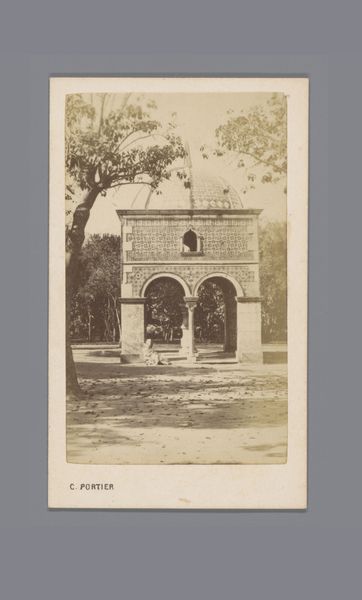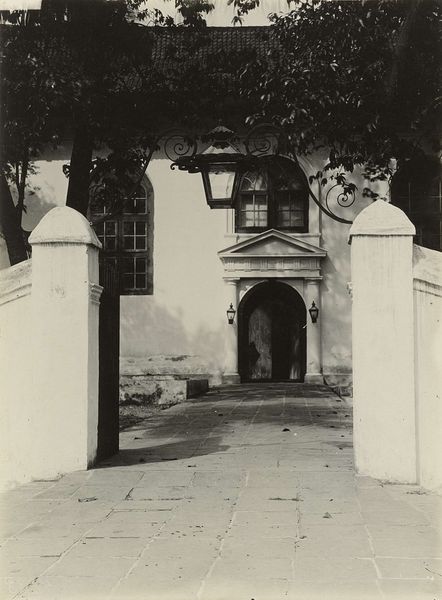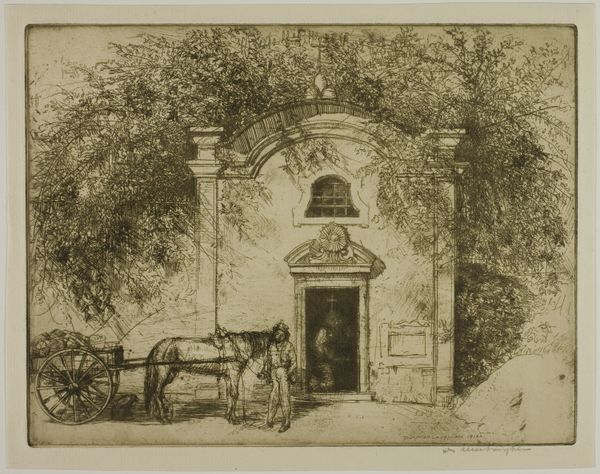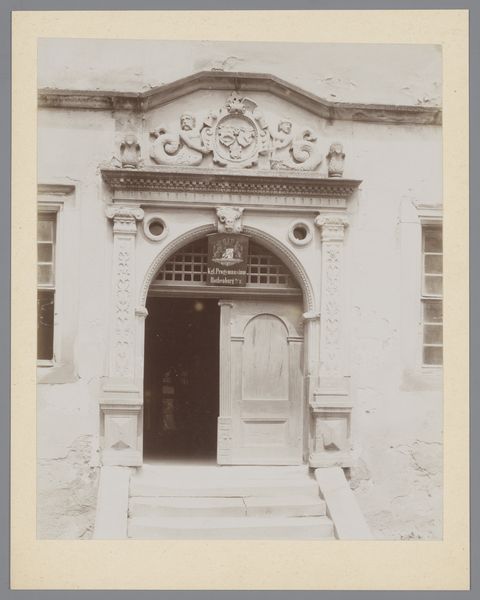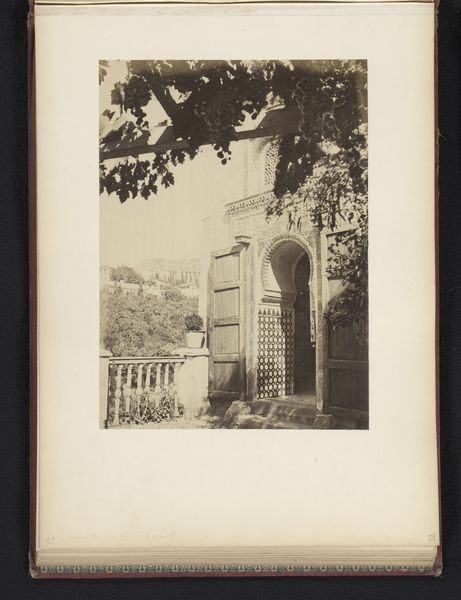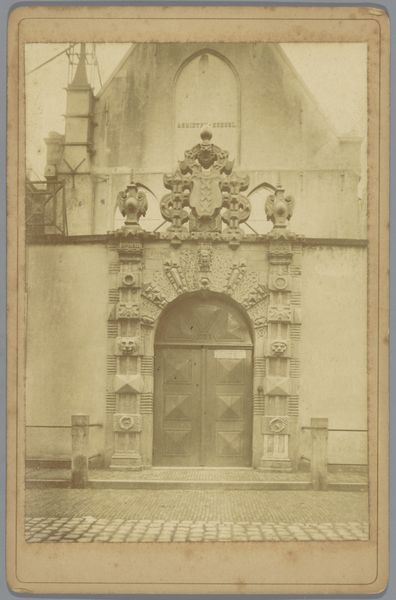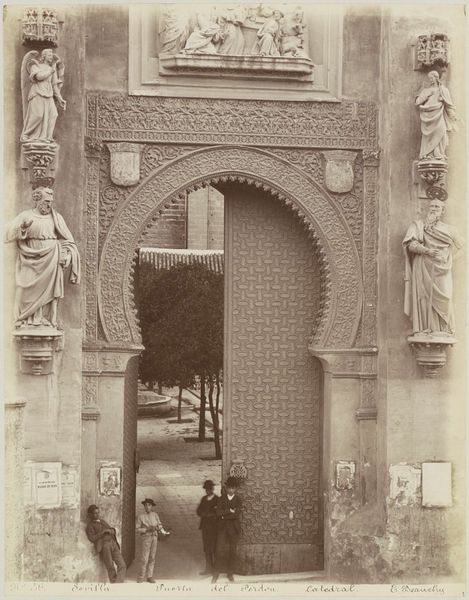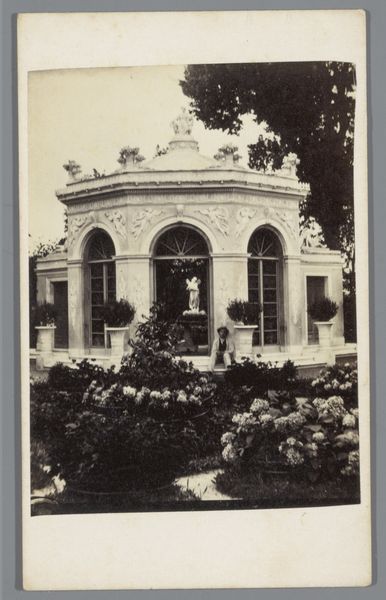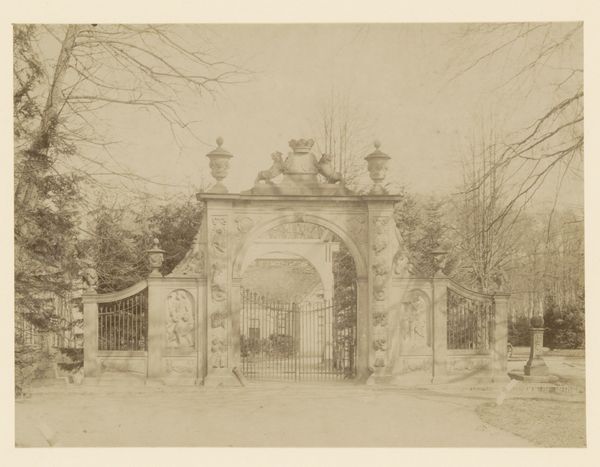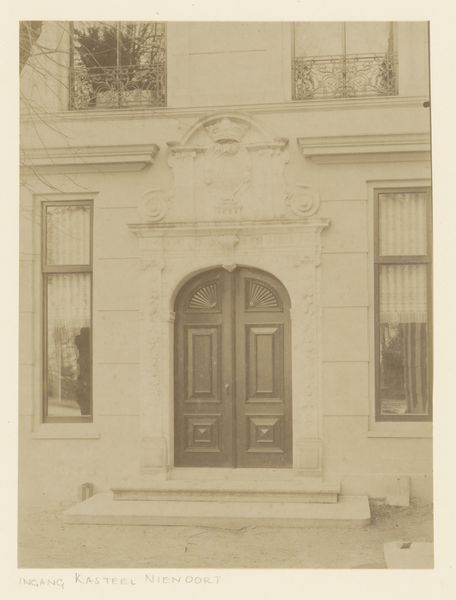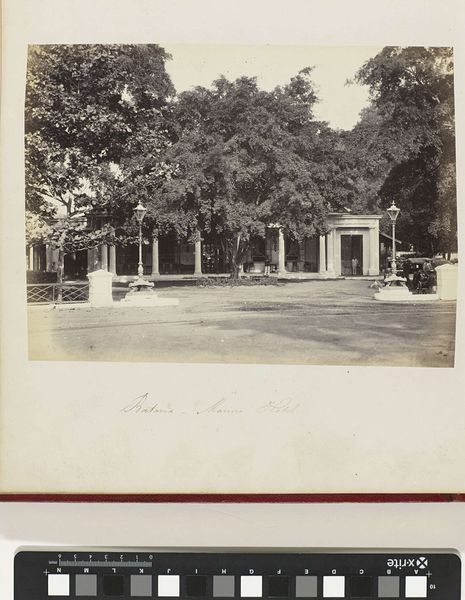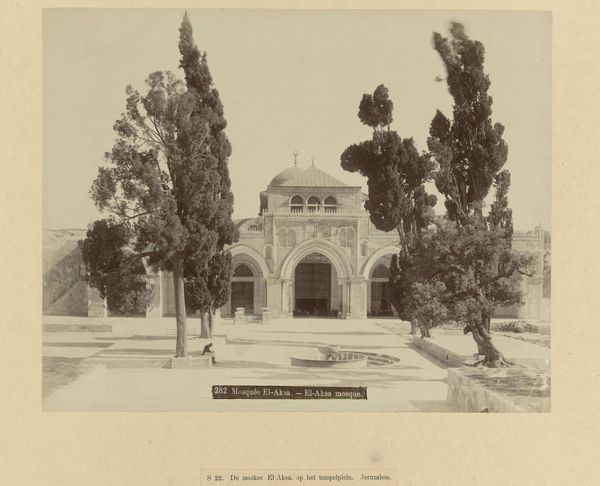
photography, gelatin-silver-print
#
film photography
#
asian-art
#
landscape
#
outdoor photograph
#
outdoor photo
#
photography
#
ancient-mediterranean
#
orientalism
#
gelatin-silver-print
Dimensions: Image: 10 9/16 × 8 1/8 in. (26.9 × 20.6 cm)
Copyright: Public Domain
Editor: This gelatin silver print, titled "Tomb, Macao," was created in 1869 by John Thomson. The sepia tones give it a weighty feel. What stands out to you about it? Curator: What interests me here is the means of its production. Consider the silver gelatin process itself—a technology of the 19th century enabling the mass capture and circulation of images. Thomson, a Scot, is using this technology to document a place, a tomb, within a specific colonial context. Editor: Colonial? Curator: Exactly. This photograph isn’t just a neutral representation. It's a commodity. Thomson was selling these images, shaping Western perceptions of the East. Think about the labor involved – the extraction of silver, the manufacture of photographic equipment, the travel – all implicated in global trade networks driven by colonialism. Editor: So it's not just a photograph, but an artifact of a specific economic system. Does the tomb itself become a material within this system, in a way? Curator: Precisely! The tomb, the people connected to it, all become subject to the colonial gaze and its accompanying market forces. The image flattens a complex reality into a consumable item. Editor: That's fascinating. I hadn’t considered the materiality of the colonial process itself when looking at the image. Thanks. Curator: Indeed. By examining the materials, labor, and exchange involved, we gain a much deeper understanding of this image and its complex legacy.
Comments
No comments
Be the first to comment and join the conversation on the ultimate creative platform.
